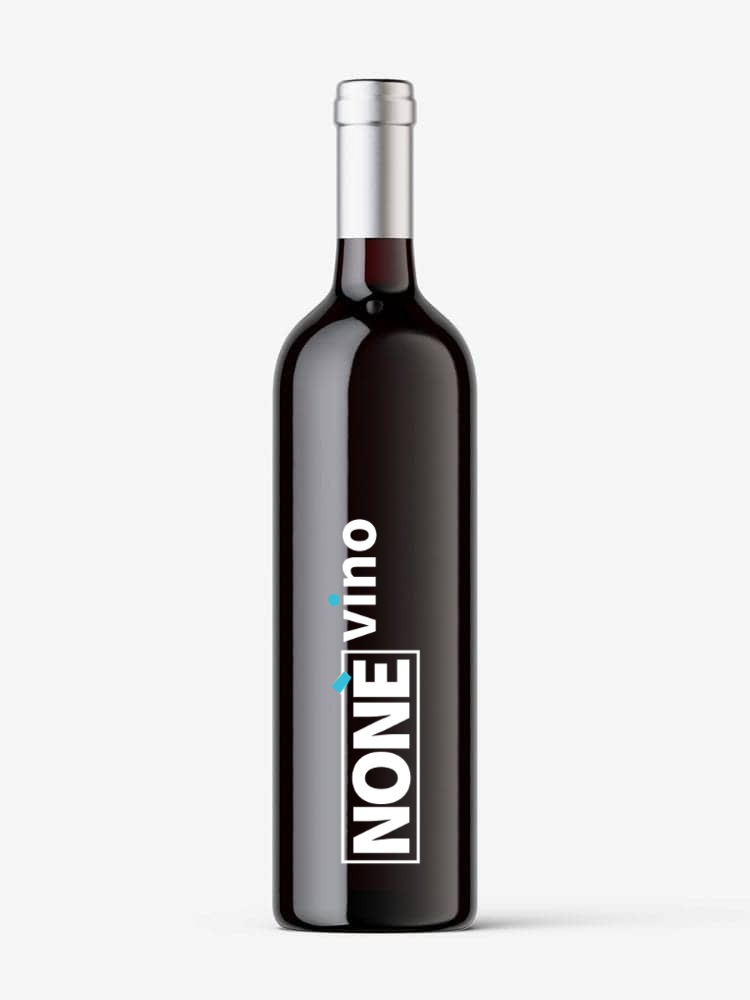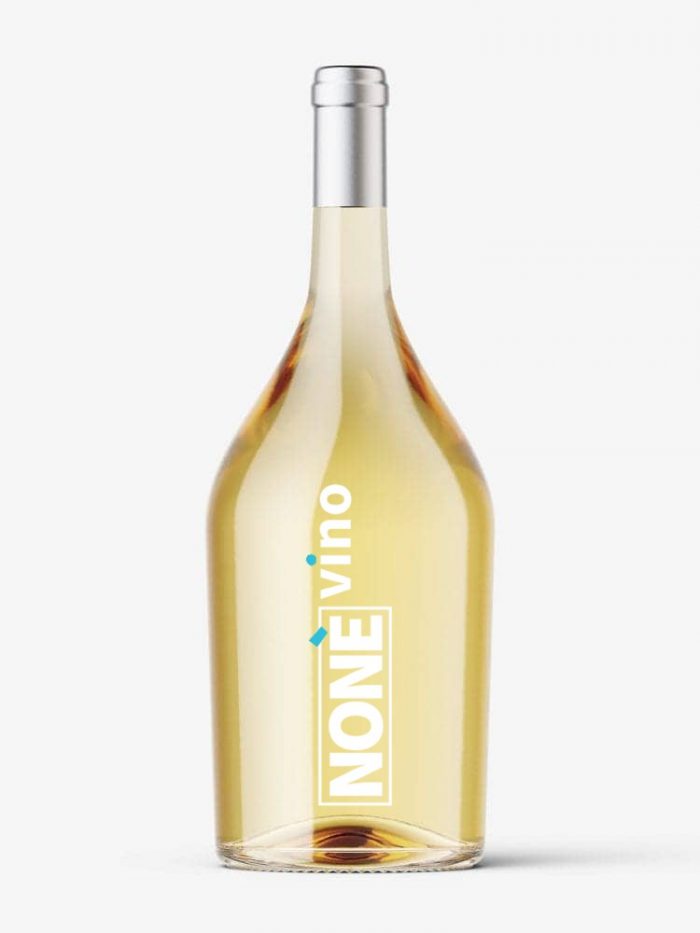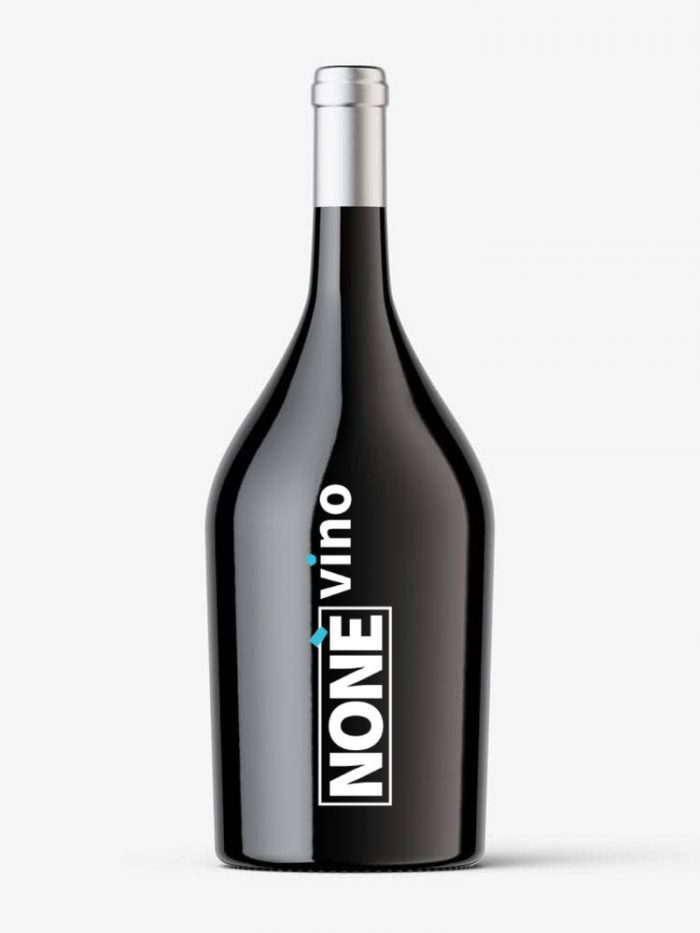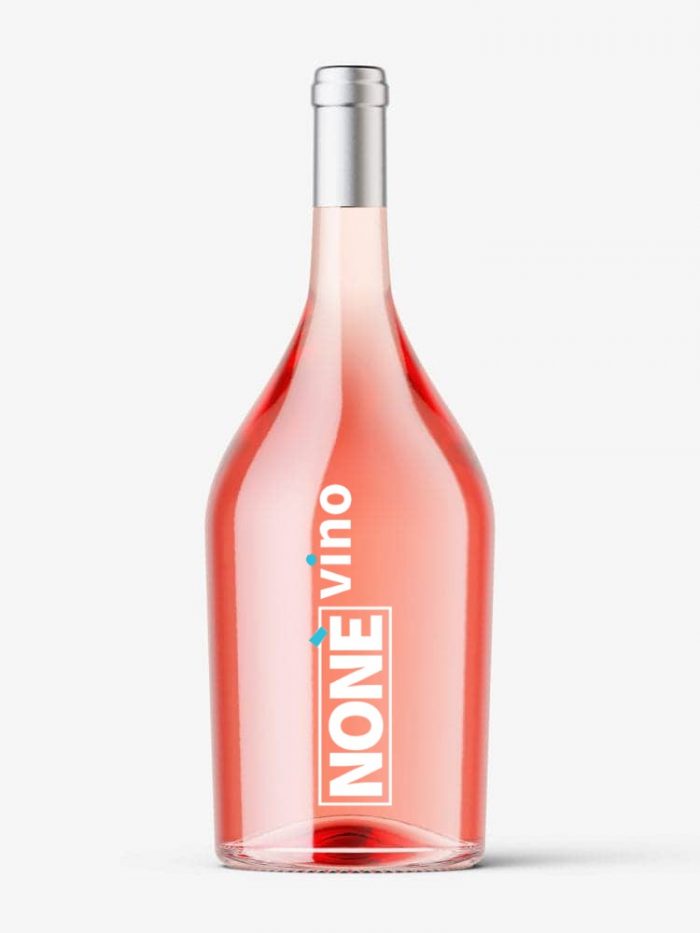The geographical area dedicated to the production of Vino Nobile di Montepulciano DOCG extends over the hills of Siena, in an area that is adequately ventilated, bright and favorable to the fulfillment of all the vegetative-productive functions of the vineyards.
The Production Area of Vino Nobile di Montepulciano DOCG is located in the province of Siena and includes the territory of the municipality of Montepulciano.
During the vinification phases, only loyal and constant oenological practices of the area are allowed, suitable to give the wines their particular quality characteristics.
The winemaking practices of the DOCG Vino Nobile di Montepulciano wine include, among other things, that:
– The maximum yield of grapes in Vino Nobile di Montepulciano DOCG must not exceed 70%; if these parameters are exceeded within the limit of 5%, the excess will not be entitled to the DOCG. Beyond these limits, the right to DOCG for the whole product lapses.
– The Vino Nobile di Montepulciano DOCG must undergo a maturation period of at least 24 months. Within this period the following possible options are left to the discretion of the producers: 1) 24 months of aging in wood; 2) minimum 18 months of aging in wood plus the remaining months in another container; 3) 12 months minimum in wood plus 6 months minimum in bottle plus the remaining months in another container.
– The Vino Nobile di Montepulciano DOCG with the mention Riserva must be aged for at least 36 months, of which at least 6 months of refinement in the bottle.
– In the presence of certain characteristics foreseen by the disciplinary, the Vino Nobile di Montepulciano DOCG can be reclassified in the DOC Rosso di Montepulciano.
– In the designation of the Nobile di Montepulciano DOCG wines, the term ” Vigna ” may be mentioned as long as it is followed by the relative toponym and certain winemaking practices are respected.
– On the labels of each type of Vino Nobile di Montepulciano DOCG it is mandatory to report the year of production of the grapes.
The roots of viticulture and enology are an integral part of the territory, culture, history, economy and local traditions of Montepulciano.
The wine produced in this area historically has a noble and aristocratic connotation, with productions destined not for self-consumption but for trade, as evidenced by many sales deeds recorded from 789 onwards. With a document dated 1350, the first clauses for the trade and export of Montepulciano wine were established.
Wine has acquired international fame since the seventeenth century, when it was celebrated by Francesco Redi as “King of all wine”, and over the centuries viticulture has then maintained the role of the main crop of the territory.
The first known mention of “Vino Nobile” is dated 1787 “for reimbursement to the Marsichi house cook for the cost of food, not including the wine brought from Monte Pulciano for our service L. 50.15. Noble wine brought to give to the Conservatory called the Conventino for the obligations contracted … “. The above can be read in a long “Travel Note for Sister Luisa Sisti and Lord Maestre” written by Giovan Filippo Neri , Governor of the Royal Retreat of San Girolamo in Montepulciano. Cosimo Villifranchi, a Florentine doctor, in the year 1773 reported in his famous Tuscan Oenology the way of making wine in Montepulciano describing the grape varieties, but also the territory (the territory of Montepulciano that produces the best wine extends from the city for the part of east from two to three miles from one to the other band of this direction, a territory all located on the coast …).
Below is a description of the producers, of the cultivation and winemaking systems as well as further information on the nature of the soil: “the soil or soil of the coast of Monte Pulciano is for the most part tuff, and loose sandy earth, and stone”. In Giuseppe Giulj’s “Agricultural Statistics of the Val Di Chiana”(1830), in the chapter relating to
“Of the kinds of wine chosen and ways of making it”, it is reported that: “the selected wines can be reduced to five species, which are produced in a certain quantity in the valley, and are the black ones , the Vino Nobile di Monte Pulciano, and the aleatico; among the white ones there are Moscadello, vermouth and Vin Santo; I will talk about the way to make them, and I will begin to give the description of these details from those related to the wine of Monte Pulciano, to be the one that is known throughout Europe …….
The vines destined for the cultivation of this type of wine are located in the hills in tufaceous soil, and consequently sterile, and exposed to the south, so that the vines are dominated by the sun. Little is the product of these plants, but the grapes reach perfect maturity, and have a smell and a taste not common to grapes of the same species produced from vines not cultivated in such places “. The author goes on to list the vines, the characteristics of the grapes and the fermentation and conditioning system.
The first expedition of Vino Nobile to America by ship dates back to a few years earlier (1828), as reported by the Agricultural Journal of Tuscany, published by the Georgofili Academy. To justify the importance assigned to local wine production, it is worth mentioning the historical presence of cellars in the subsoil of the noble palaces of the city of Montepulciano, cellars still partly used for the aging of Dumas wine, in the famous novel “The Count of Montecristo “Written between 1844 and 1846 states that with the game” … a flask of Montepulciano wine had to complete the lunch. ”
The Vino Nobile di Montepulciano was the first wine ever in Italy to have affixed the replacement mark of the state band to be affixed to the bottle closure systems as an anti-sophistication system that certifies the authenticity of the product to guarantee its origin.
The Vino Nobile di Montepulciano DOCG obtained the recognition of the Controlled Designation of Origin on 12 July 1966, then DOCG on 1 July 1980.









